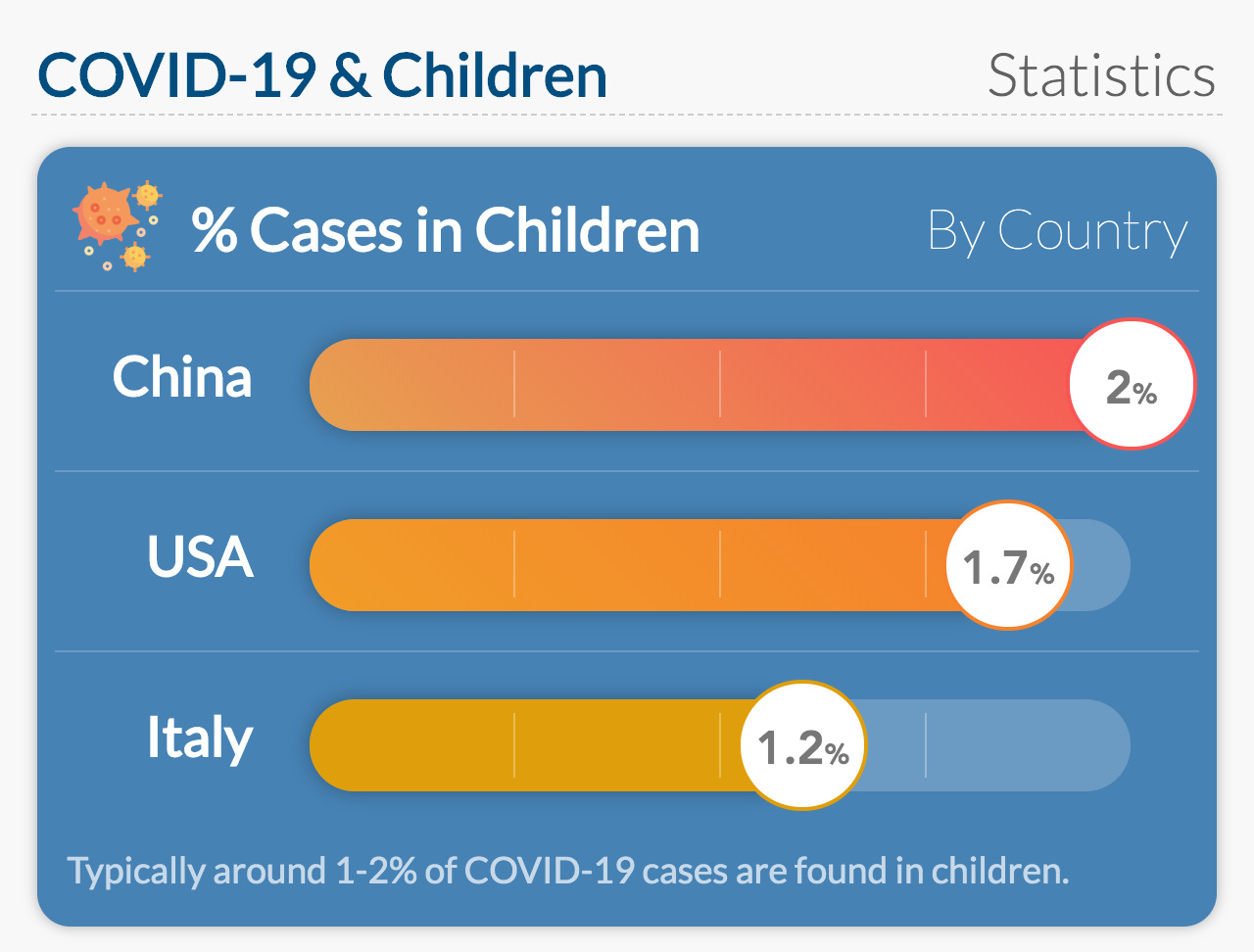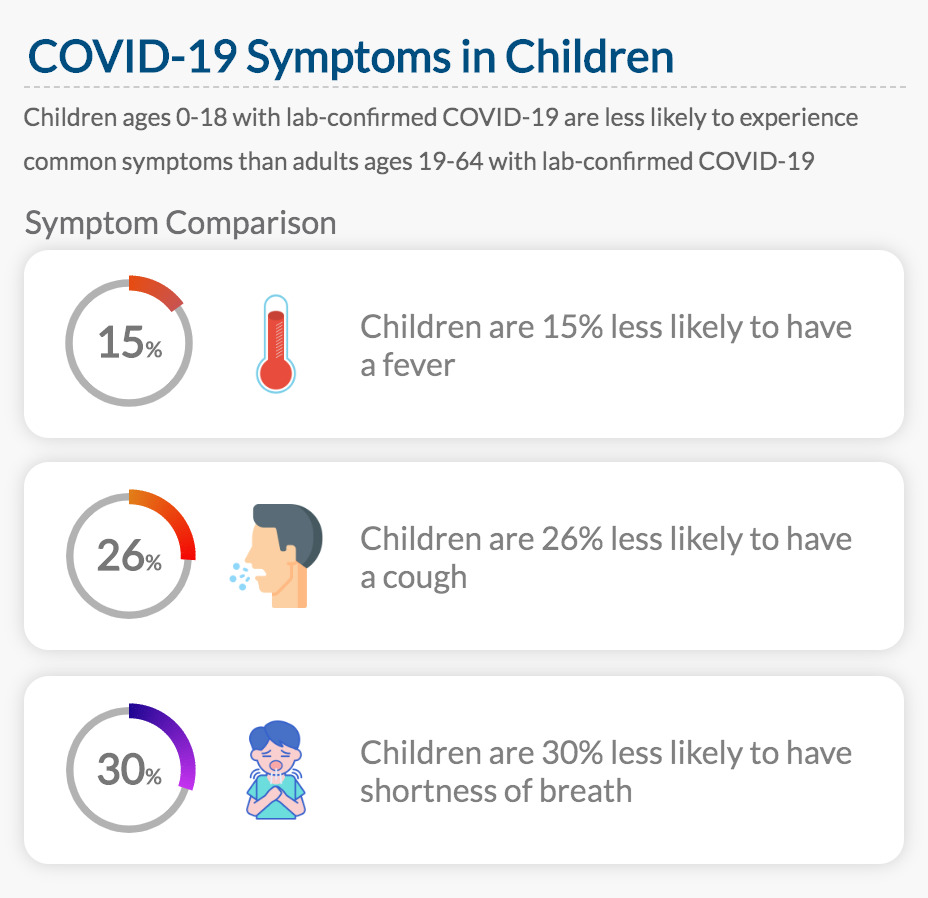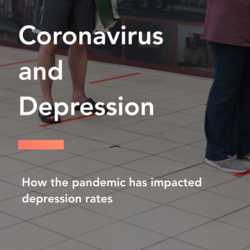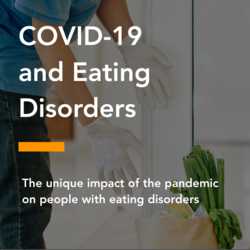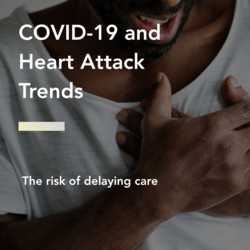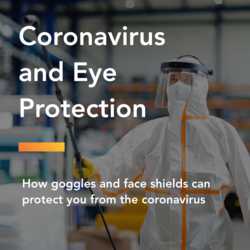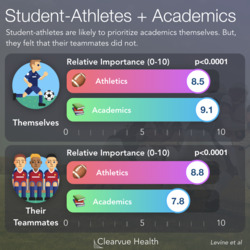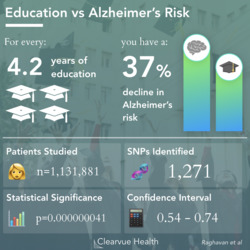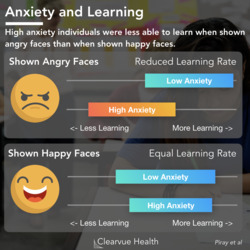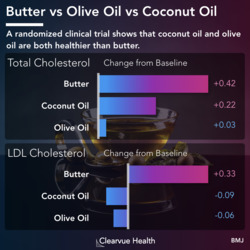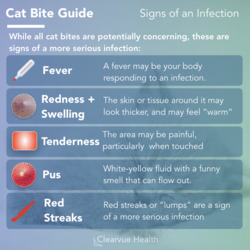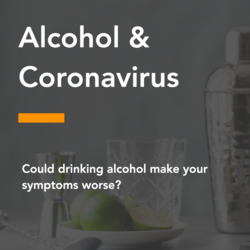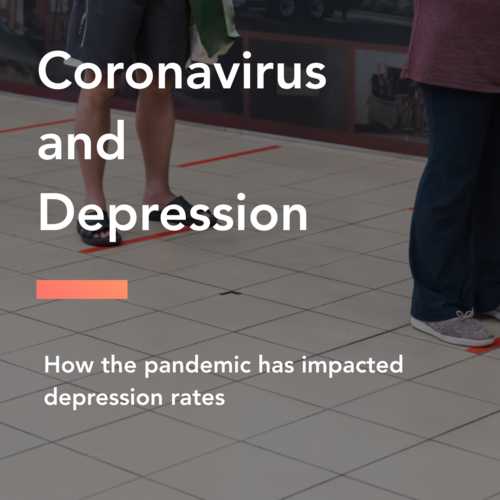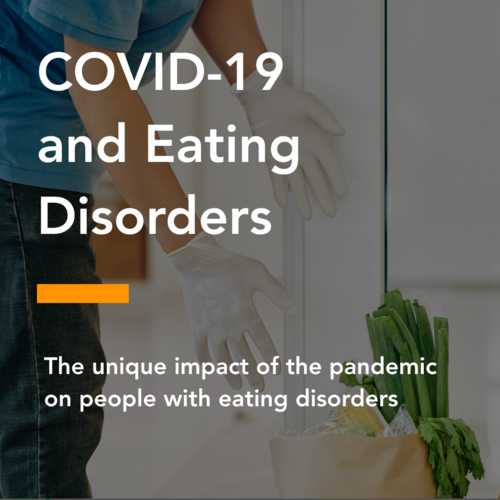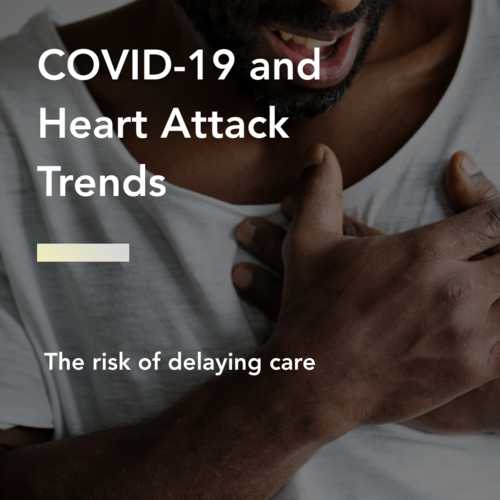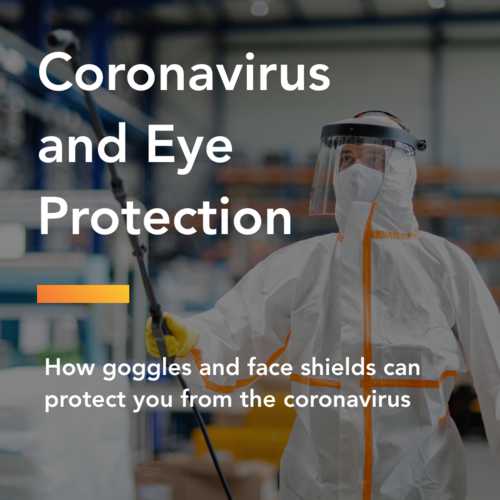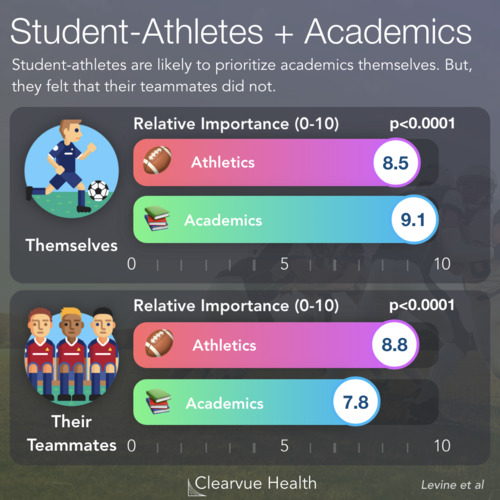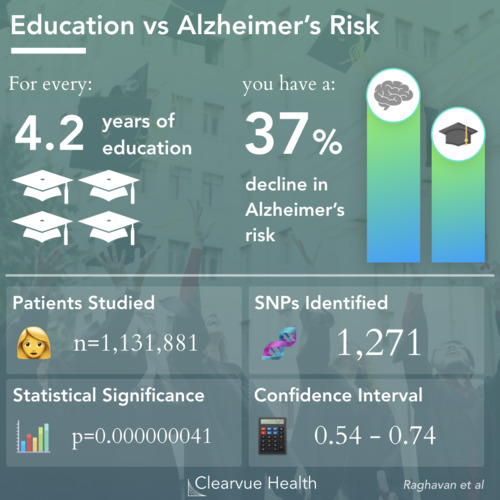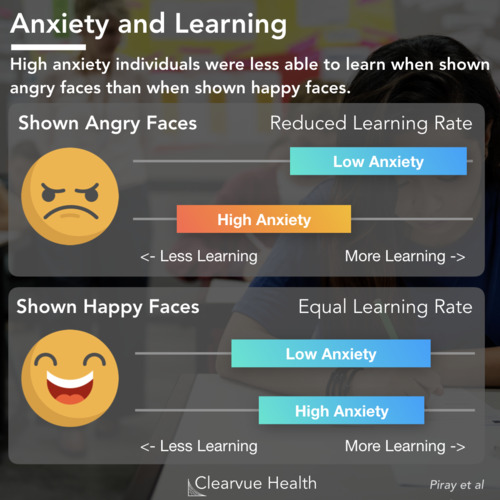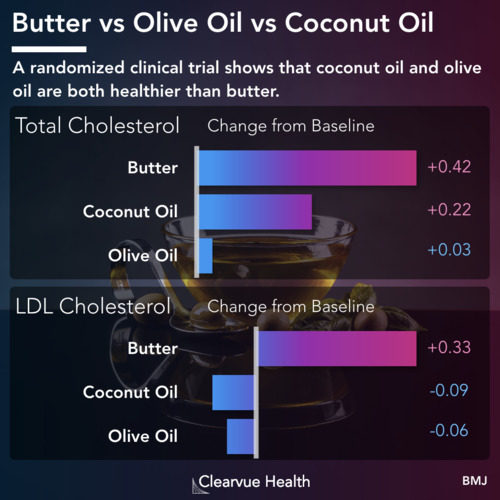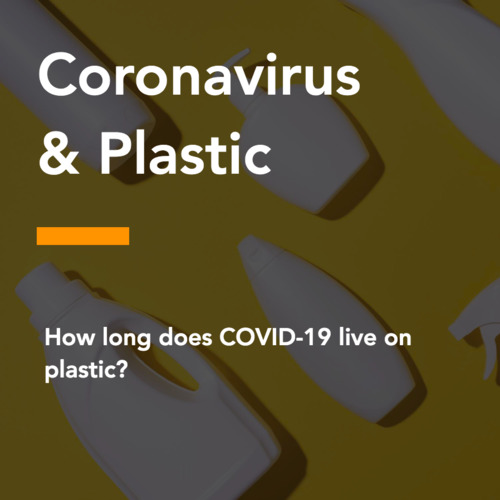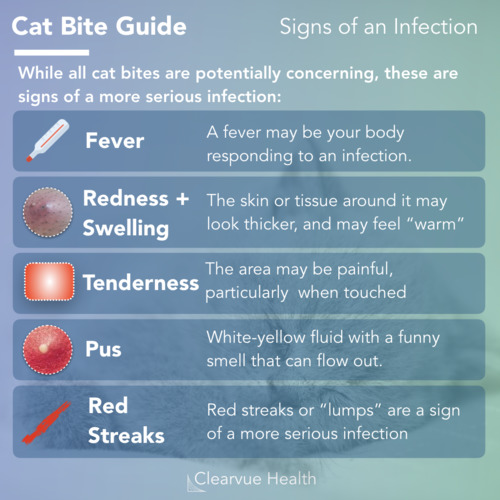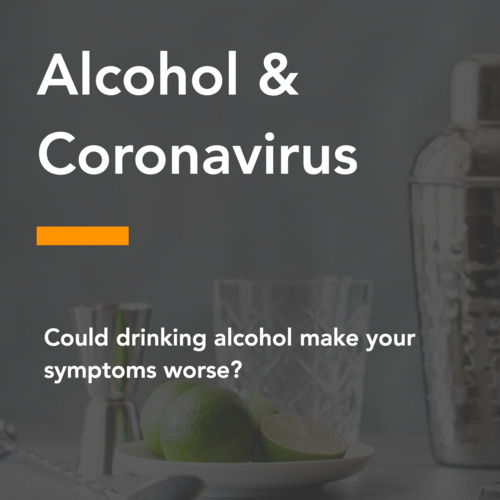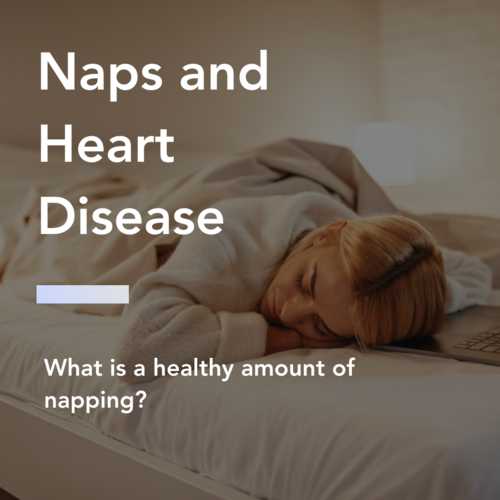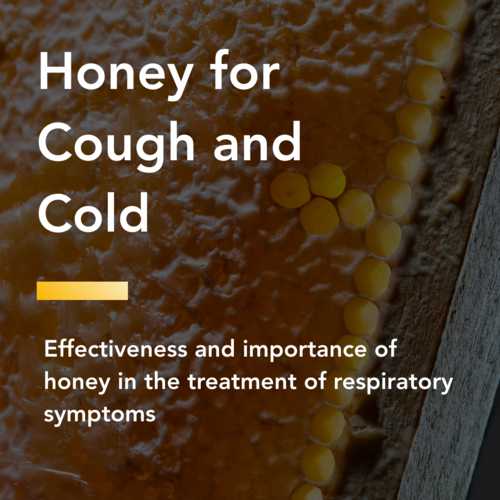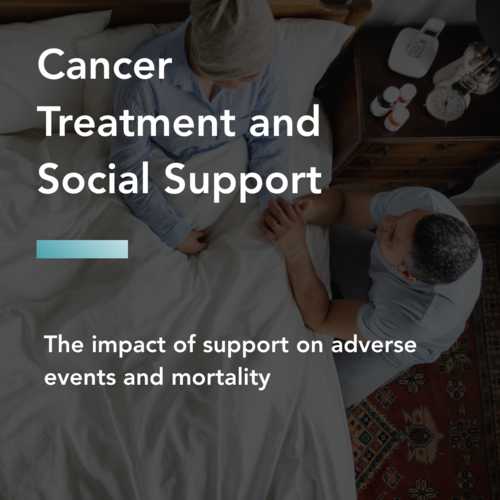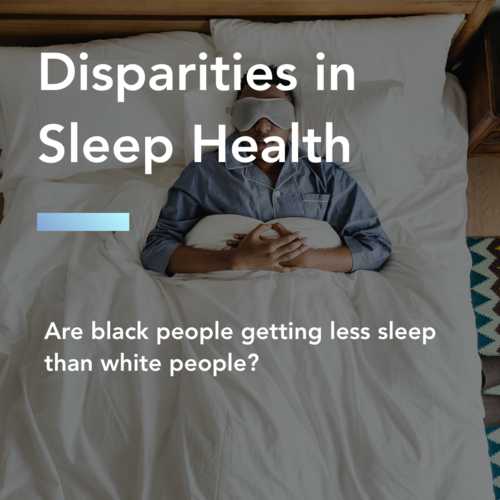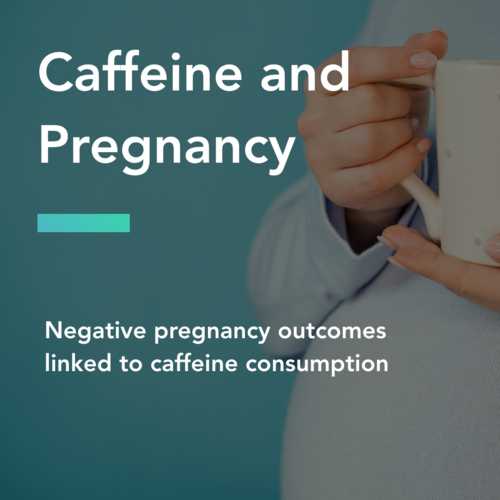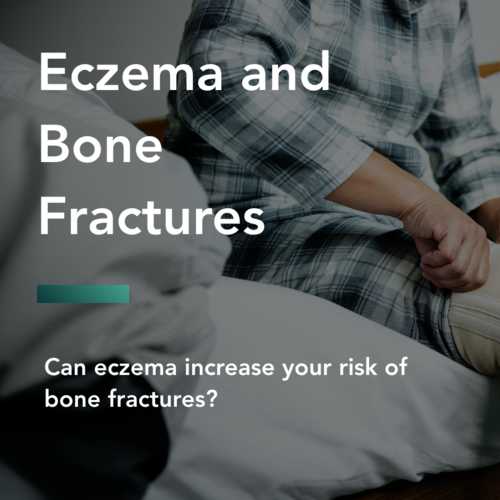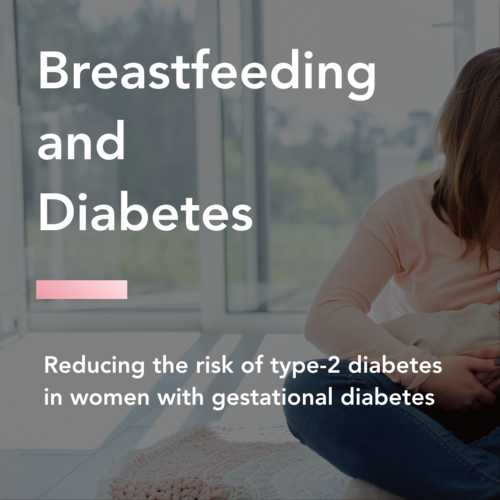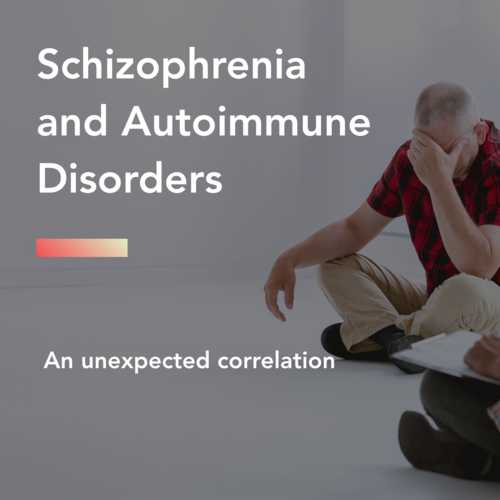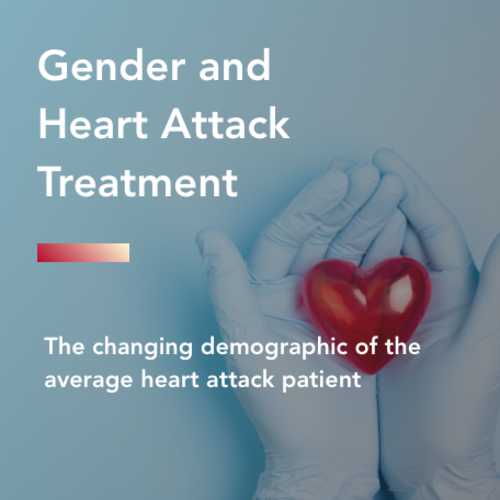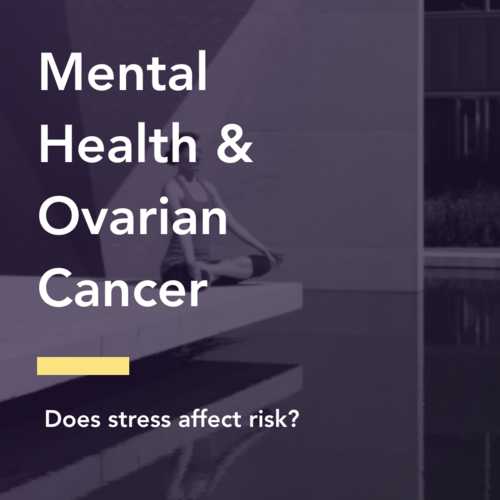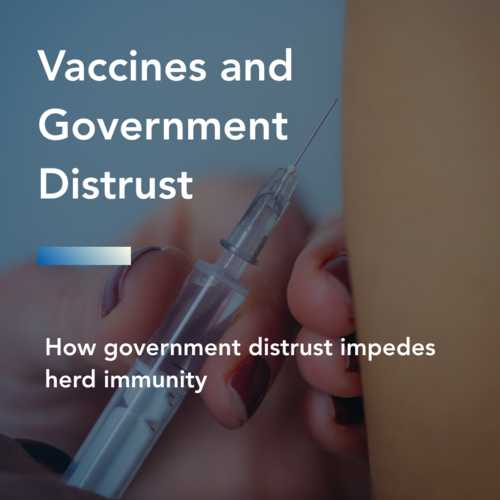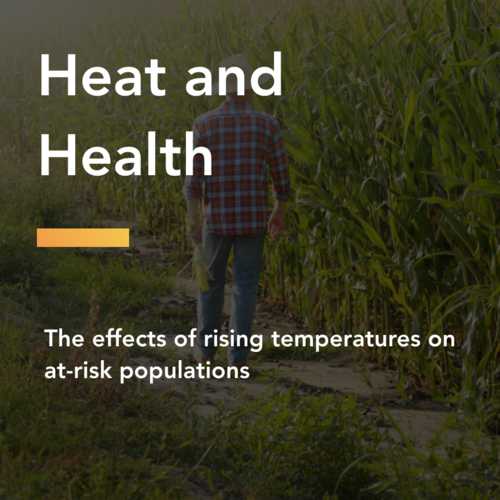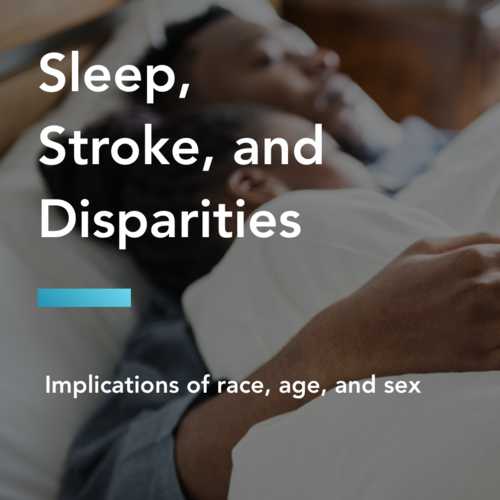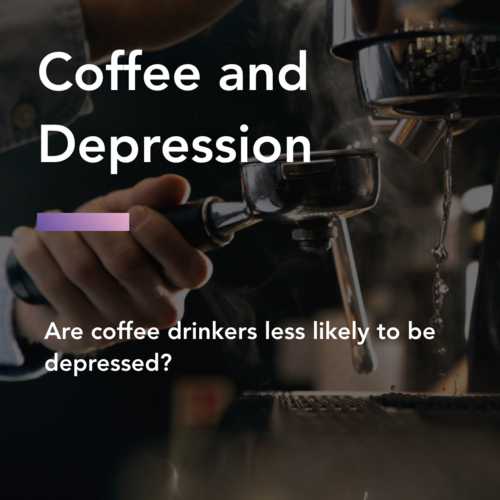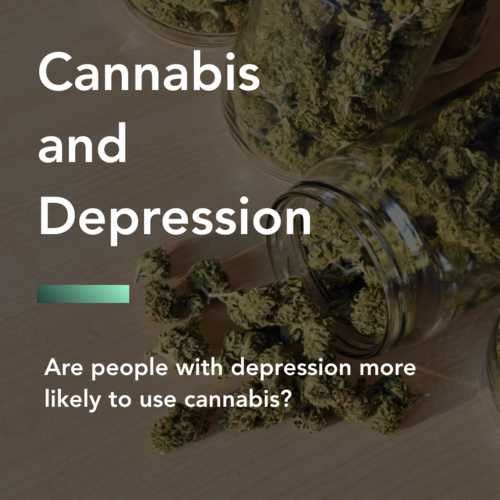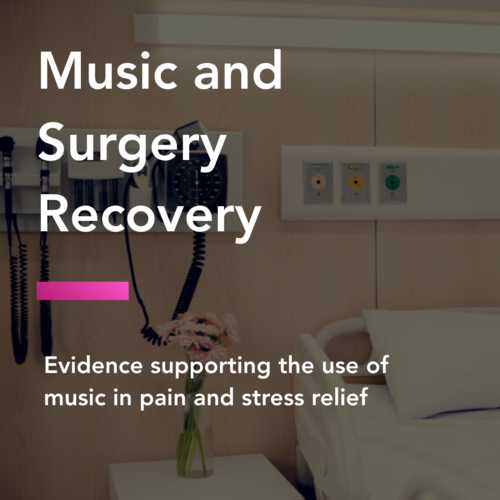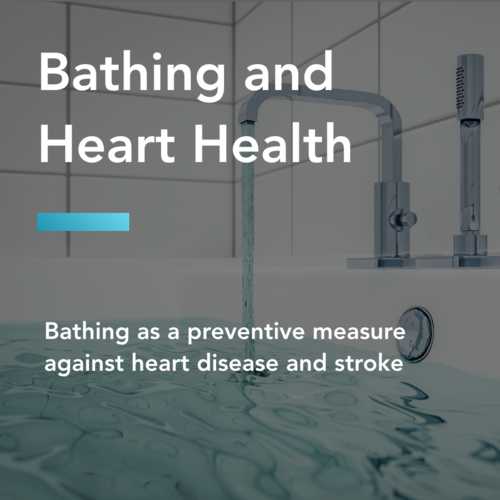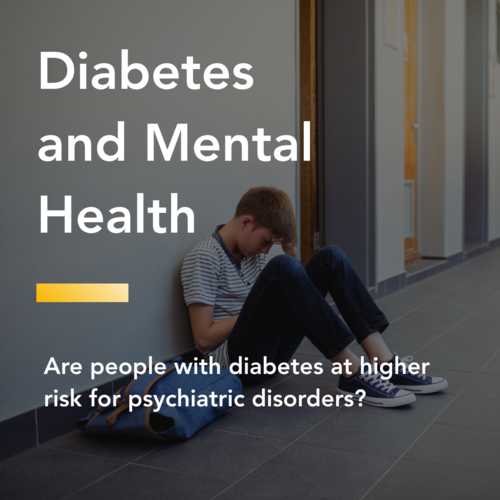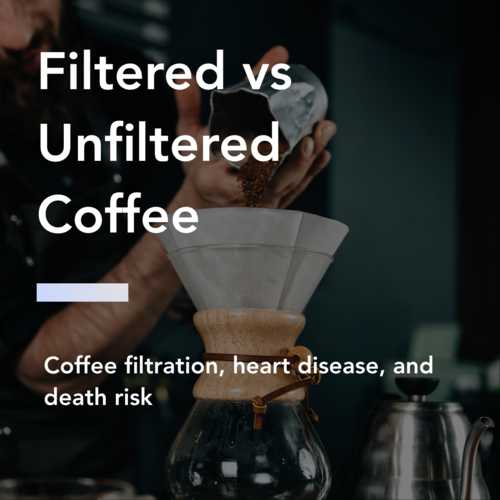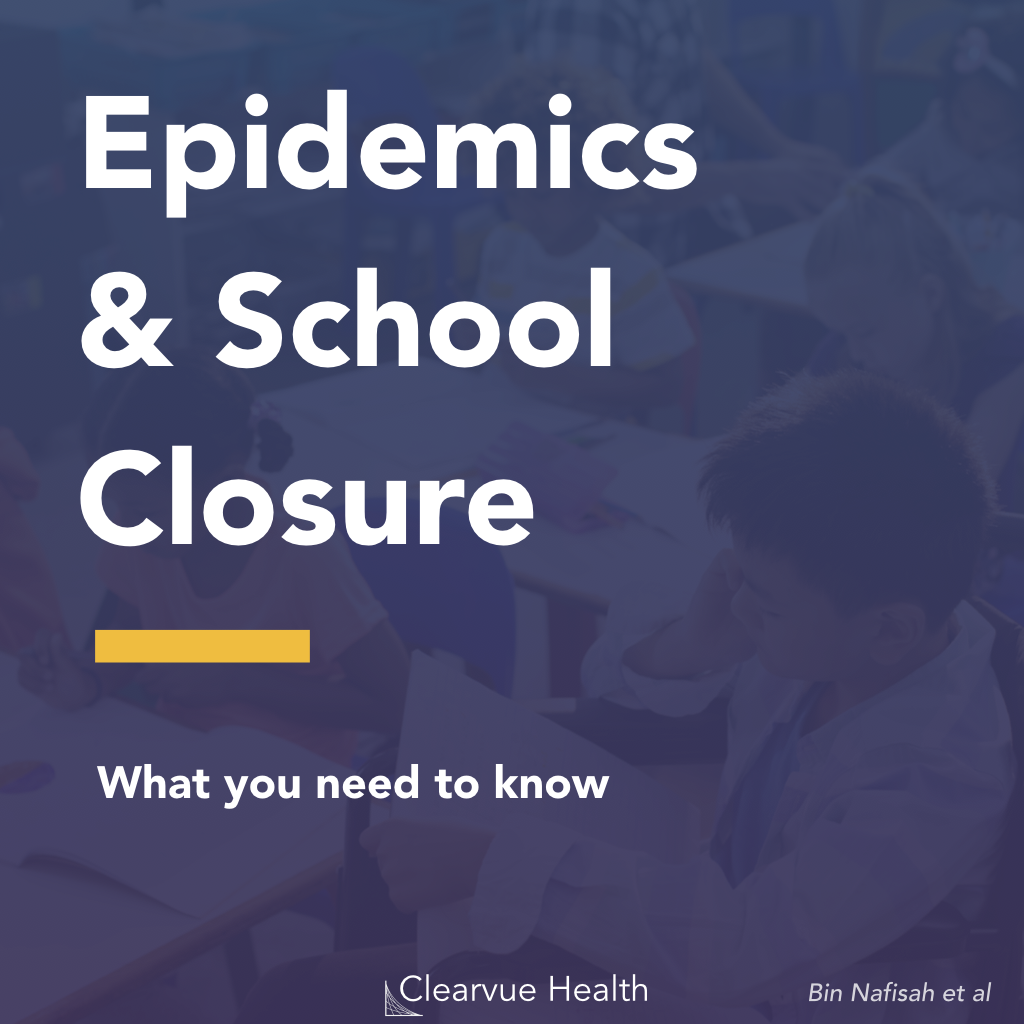
Figure 1: Do school closures affect epidemic peaks? New research suggests that they might.
As of March 18, 2020, 107 countries have closed schools in hopes of reducing the spread of coronavirus. This closure affected approximately 862 million students.
School closures can affect deaths during an outbreak either positively, through reducing transmission and the number of cases, or negatively, through reductions in the health-care workforce available to care for those who are sick.
Reviews of influenza outbreaks suggest that school closures are most effective if attack rates and transmission are higher in children than in adults.
Has closing schools helped before?
Researchers reviewed 31 studies all measuring the impact of school closures on epidemic responses.
Based on the collective data, school closures could reduce epidemic severity by as much as 30%. The longer the schools were closed, the more the epidemic peak was delayed. School closure reduced and delayed the epidemic peak especially if implemented earlier.
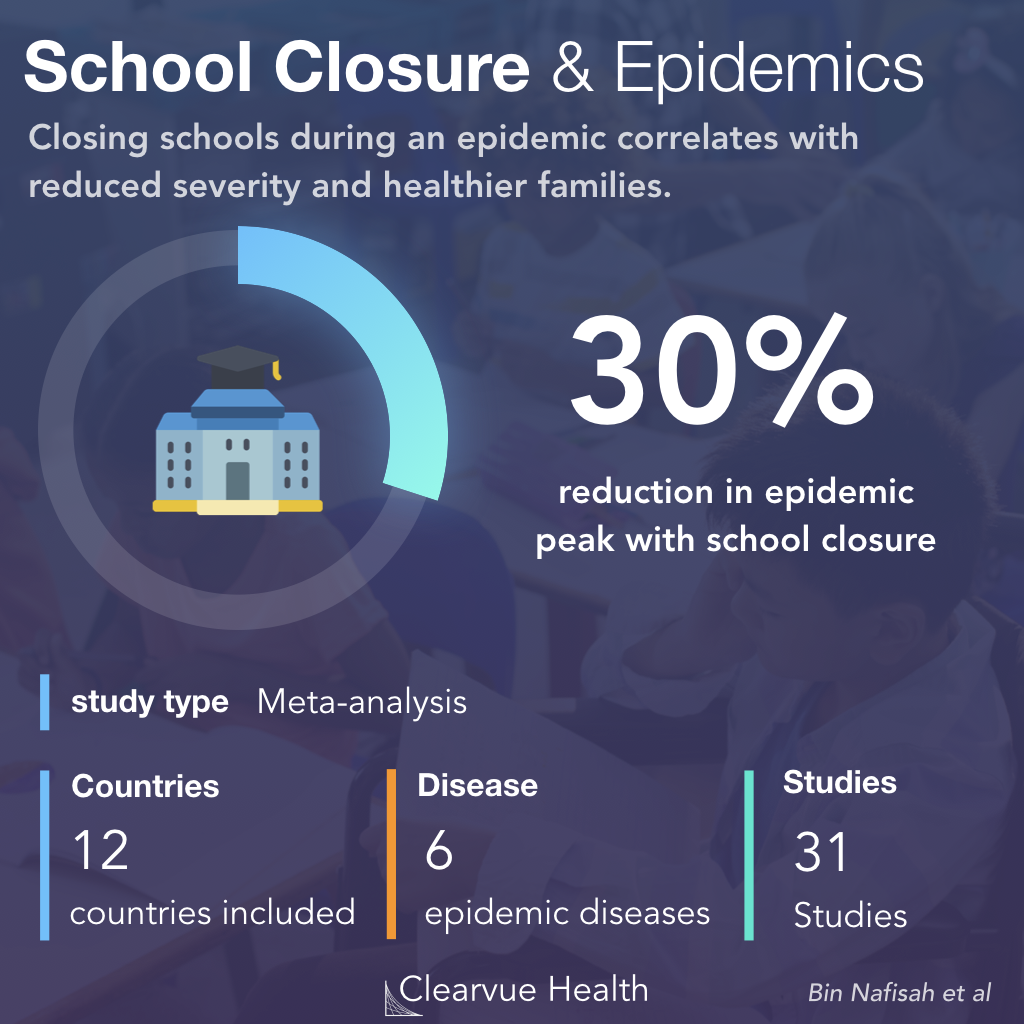
Figure 2: Closing schools during an epidemic correlates with reduced severity and healthier families.
Source: School closure during novel influenza: A systematic review
Is this the same for coronavirus?
Based on global reports, coronavirus is affecting children less severely than other influenzas. Fewer children and getting sick and the children who do get sick experience fewer and milder symptoms.
Previous studies suggest that school closures are more likely to reduce the spread of the virus has a high attack rate and transmission rate in children.
In this case, the spread of coronavirus may not be as prevalent in schools as compared to other community spaces.
COVID-19 behaves differently than other viruses we’ve dealt with and may warrant a change in protocol. We’ve outlined the CDC’s tips on caring for children during the pandemic on the Coronavirus and Children page.


